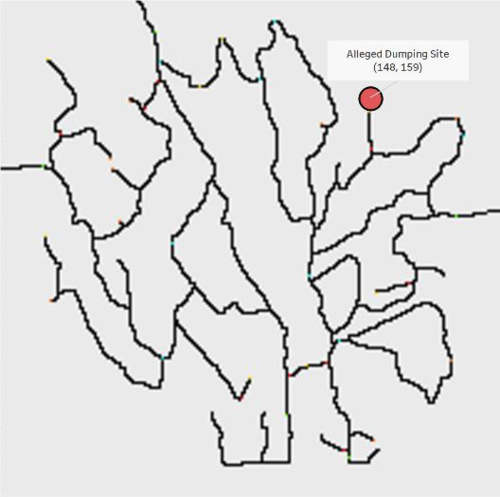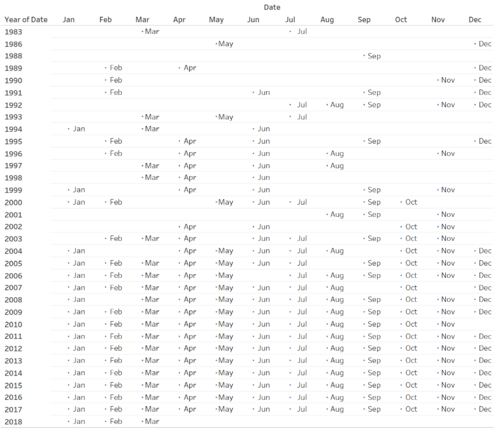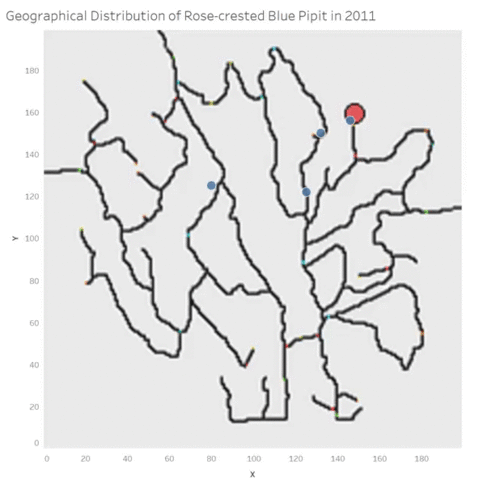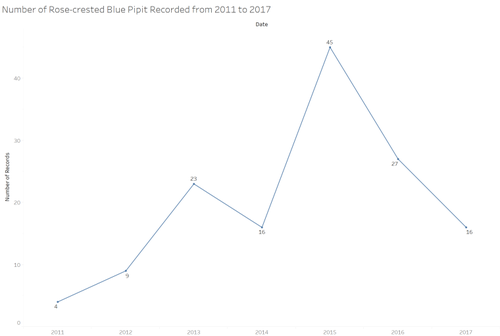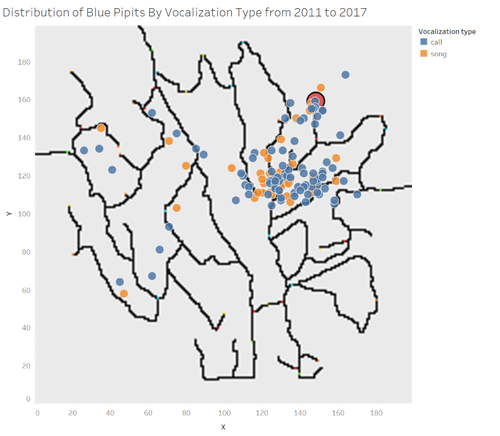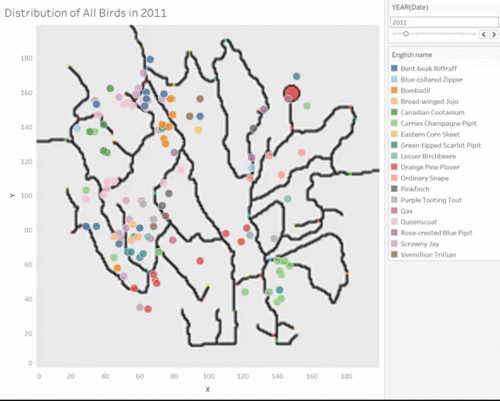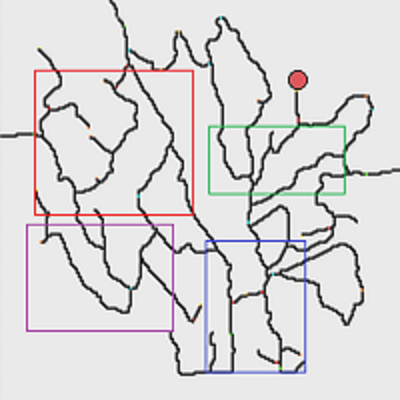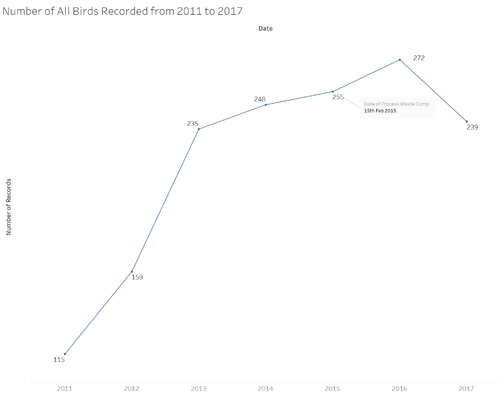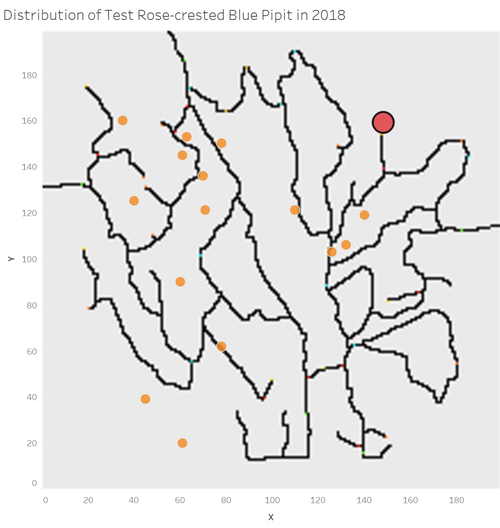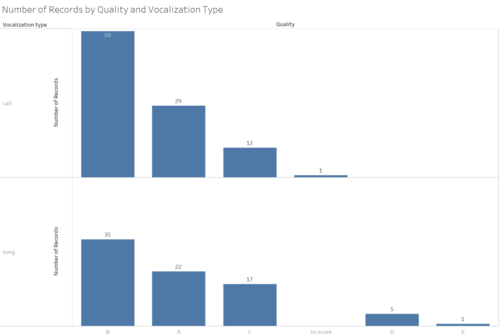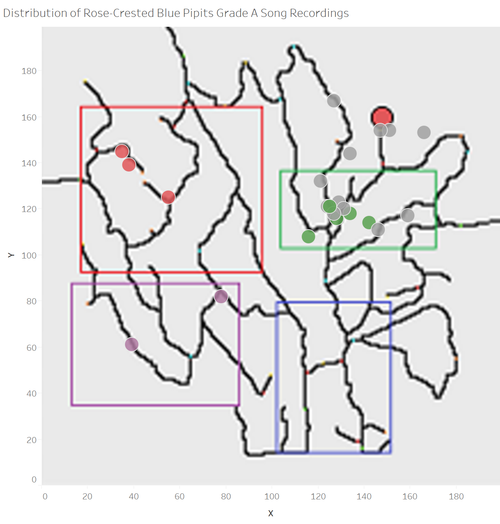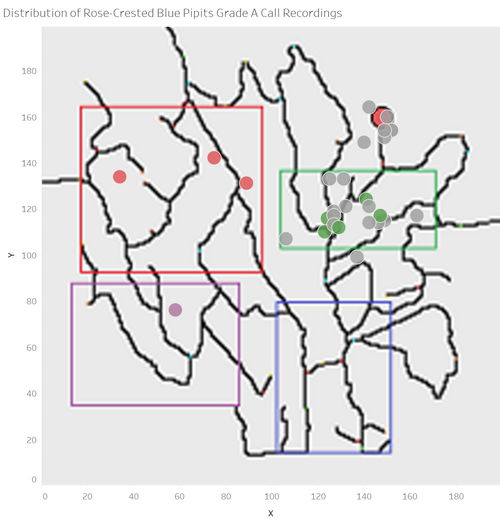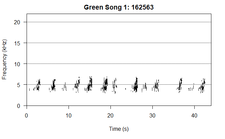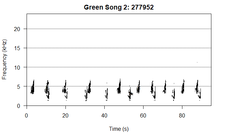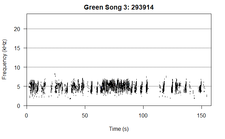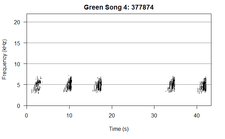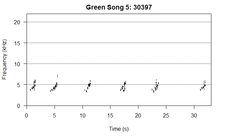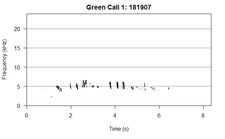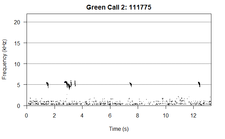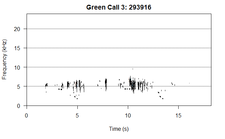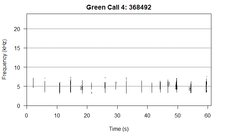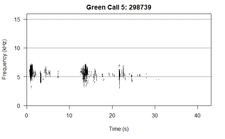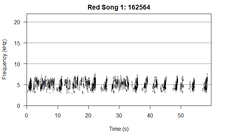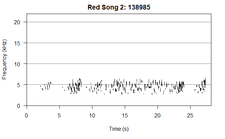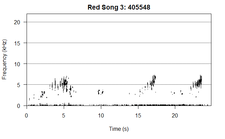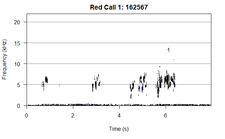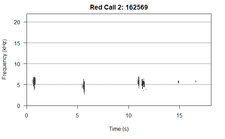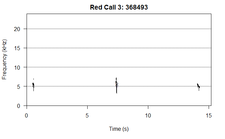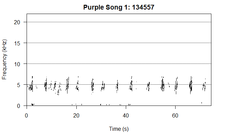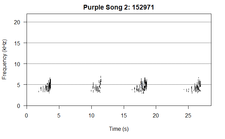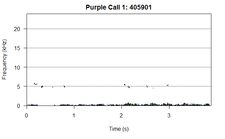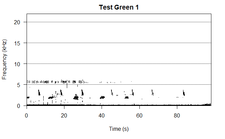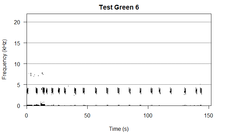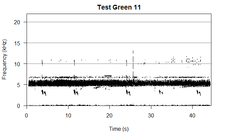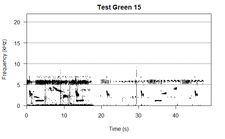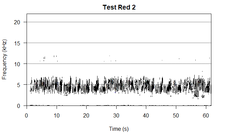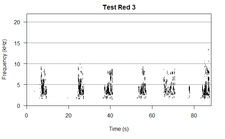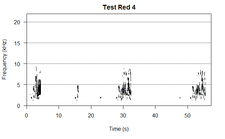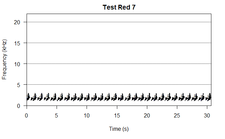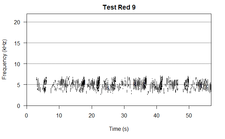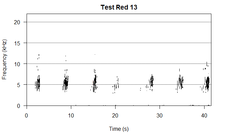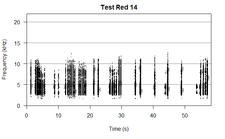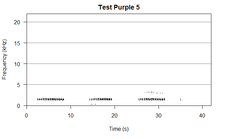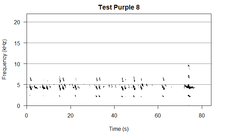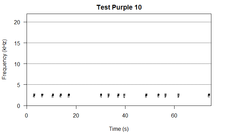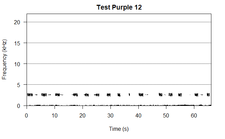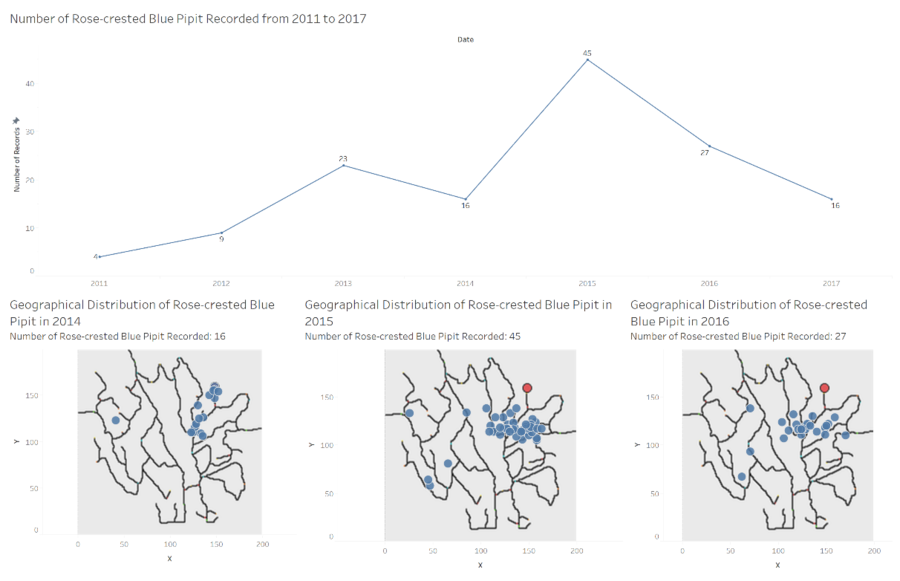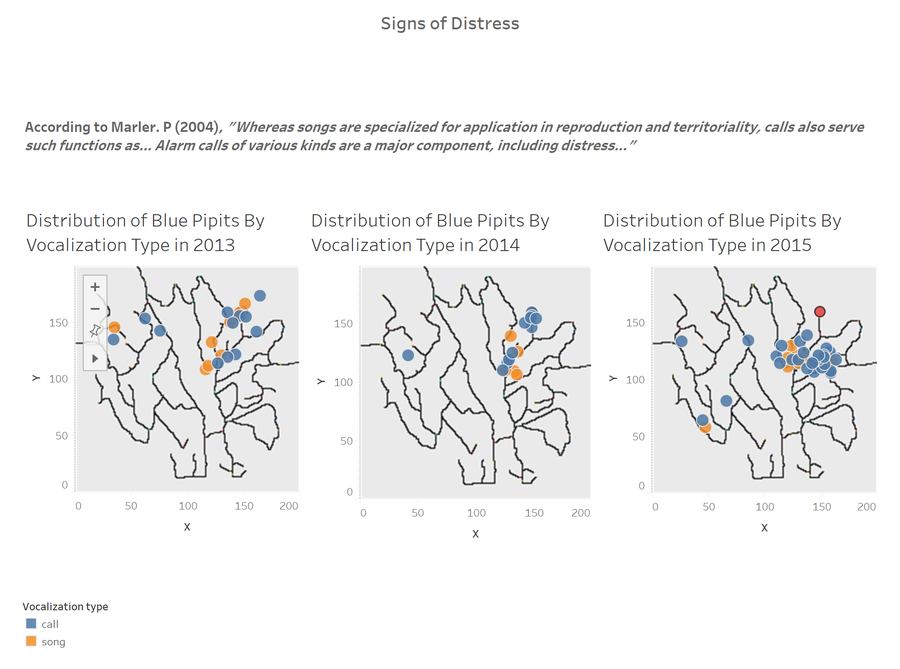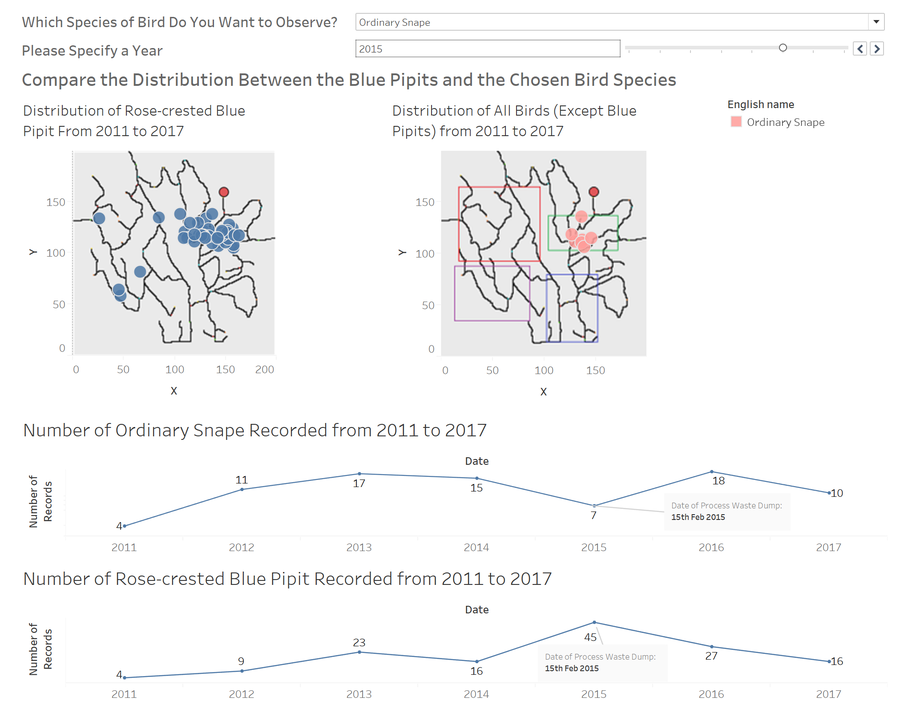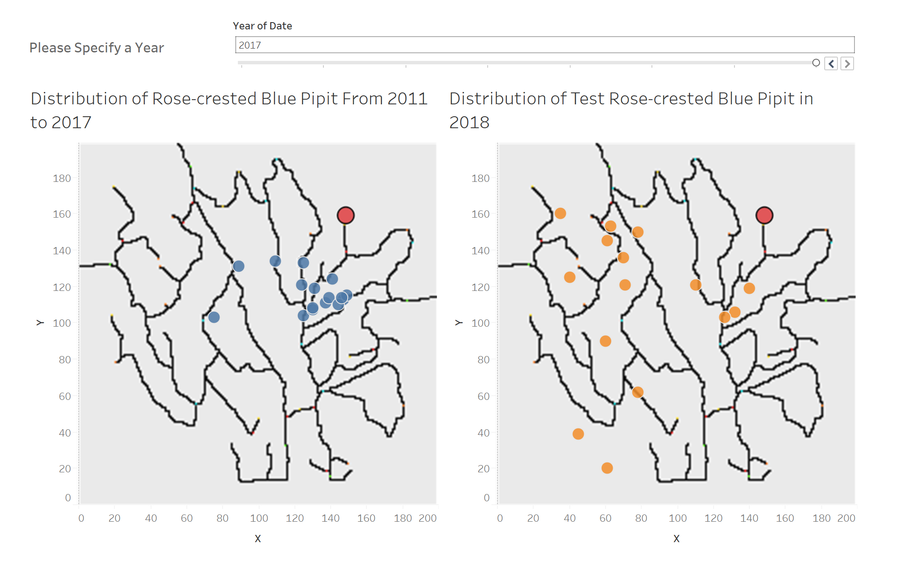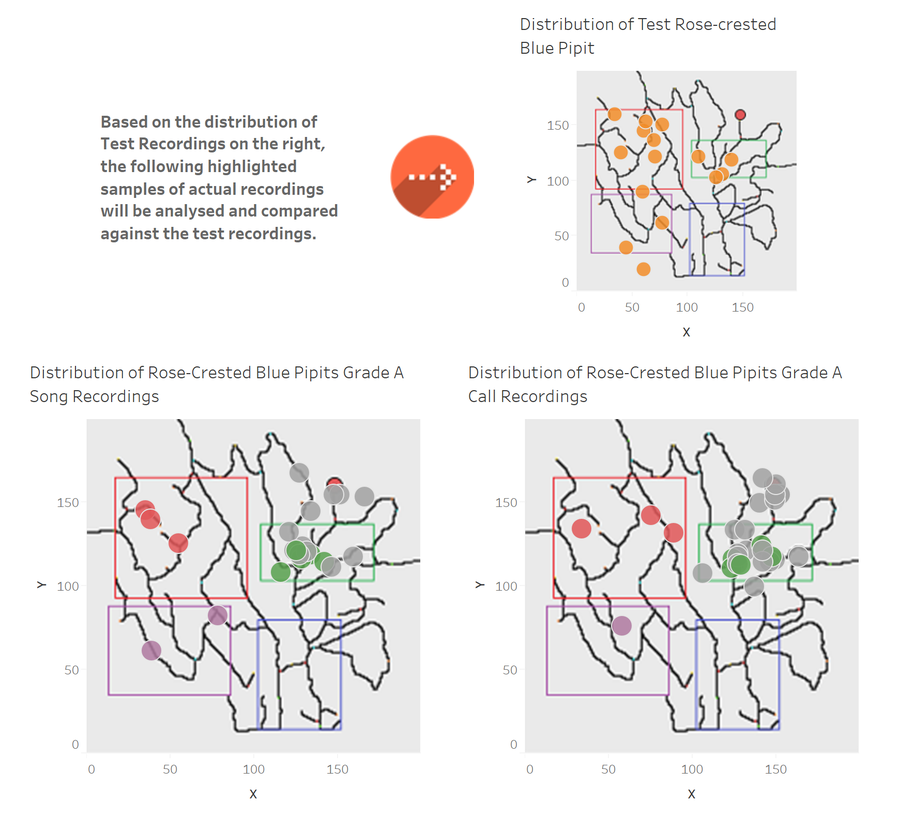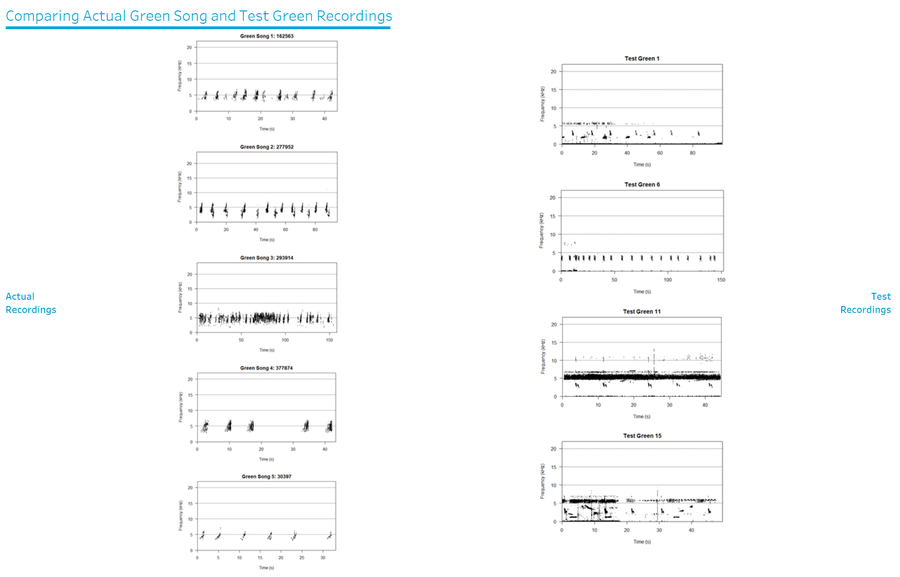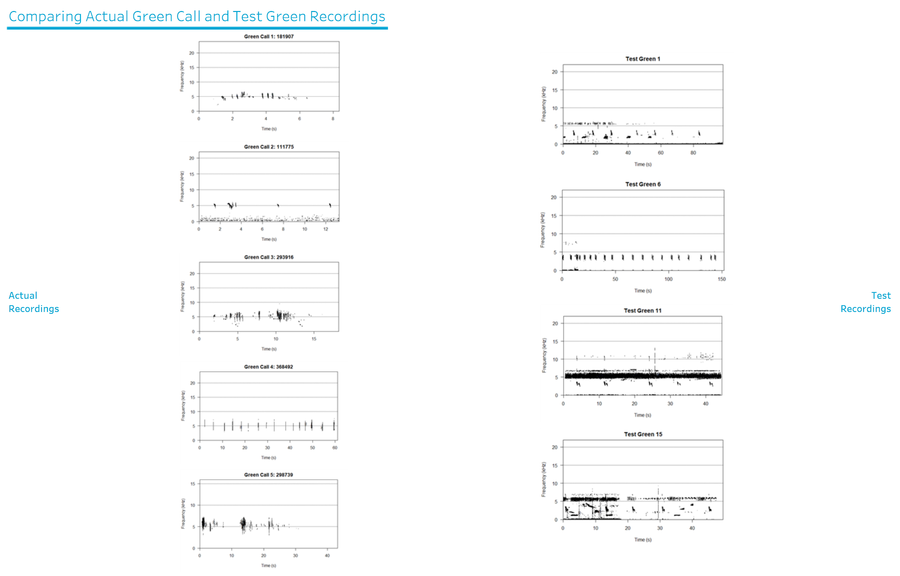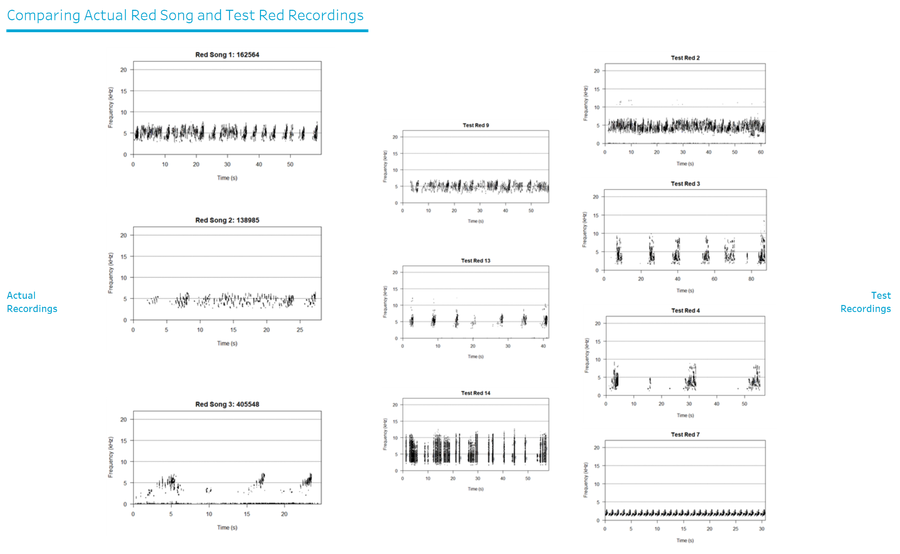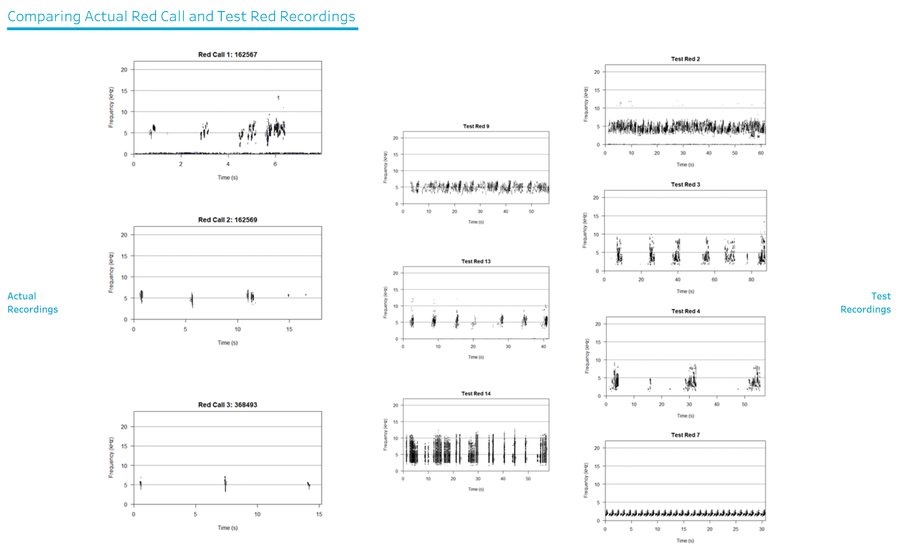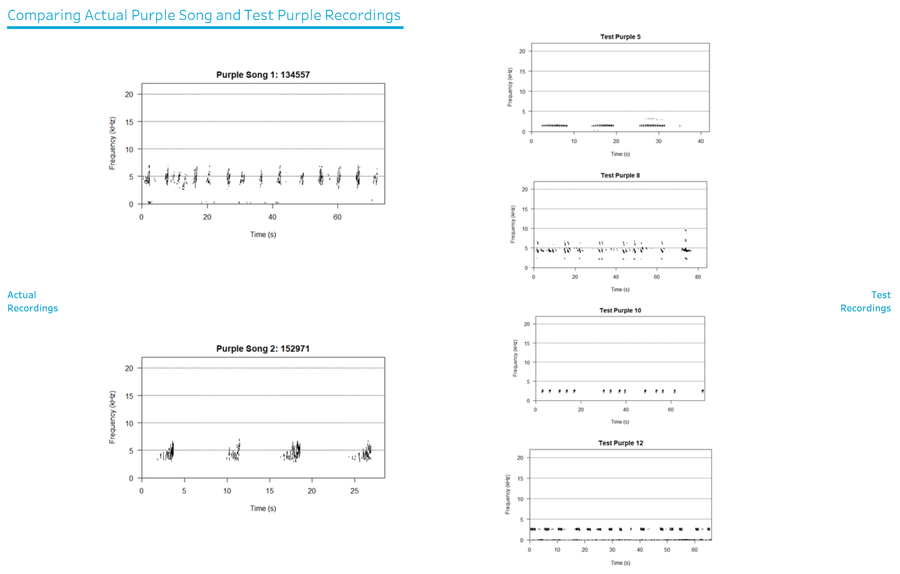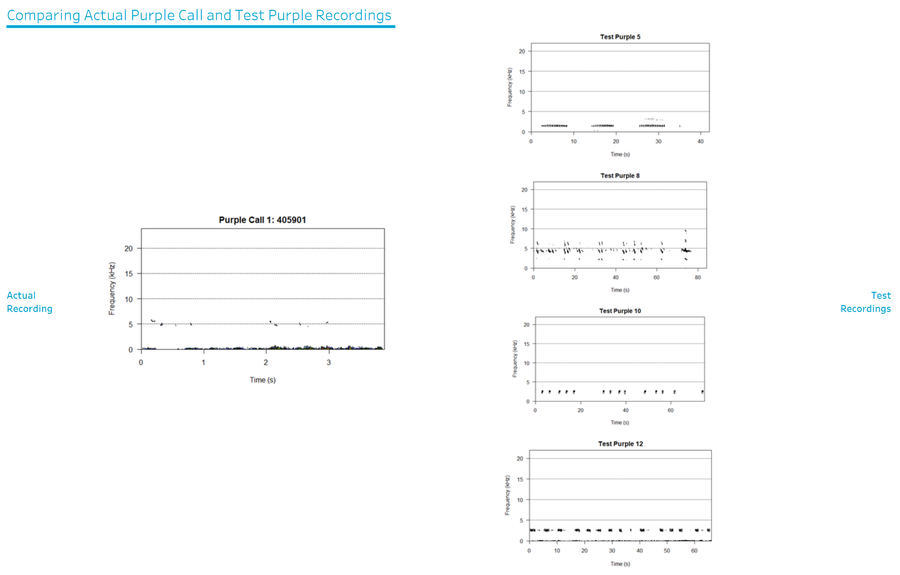ISSS608 2017-18 T3 Assign Tong Wen Liang Samuel Data Preparation
|
|
|
|
|
|
Methodology
Our Approach
To Examine Blue Pipit Spatial Distribution Prior to and After Alleged Dumping
| Description | Illustration |
|---|---|
| 1. Alleged Dumping Site
|
|
| 2. Time Period (Years) and Alleged Date of Dumping
The number of months taken to record the vocalization of the birds in the Preserves over the years were not consistent. Only some years have recordings for all months – Year 2009 and 2011 to 2017.
Additionally, in accordance with the details obtained from VAST Challenged 2017, the alleged date of the chemical dumping was on 15th February 2015 as indicated in the orange arrow below:
|
|
| 3. Geographical Distribution of Rose-crested Blue Pipit from 2011 to 2017
From 2011 to 2017, we want to identify the spatial distribution of the Rose-Crested Blue Pipits by plotting the location of where the recordings were taken over time. |
|
| 4. Number of Rose-Crested Blue Pipit Recorded from 2011 to 2017
|
To identify distribution of Blue Pipits by Vocalization Type from 2013 to 2015
| Description | Illustration |
|---|---|
| 1. Vocalization Type
Additionally, we will also exclude the Vocalization Type “call, song”, as we want to be specific about which vocalization type we are analysing. |
|
| 2. Distribution of Blue Pipits by Vocalization Type from 2011 to 2017
|
To Compare Spatial Distribution Between Blue Pipits and Other Birds
| Description | Illustration |
|---|---|
| 1. Geographical Distribution of All Birds from 2011 to 2017
We want to map out the nesting areas for the other birds to be compared against the nesting area for the Blue Pipits to identify any possible spatial relationship between them. |
|
| 2. Number of All Birds Recorded from 2011 to 2017
|
To Compare Test Blue Pipits Locations Against Actual Blue Pipits Locations
| Description | Illustration |
|---|---|
| 1. Distribution of Rose-Crested Blue Pipits Recording Locations
There are 15 test recordings in total, with the spatial distribution of where these recordings were allegedly plotted onto the graph to the right. |
To Select Samples of Actual Recordings for Analysis
| Description | Illustration |
|---|---|
| 1. Number of Records by Quality and Vocalisation Type
To ensure that we will be able to accurately analyse the patterns of the actual recordings to be compared against that of the Test Recordings, it is essential that we only analyse recordings that are of Grade A. |
|
| 2. Distribution of Rose-crested Blue Pipits Grade A Song and Call Recordings
Since the Test Recordings have no indication of vocalization type – Whether they are song or call vocalization, we will pick the maximum of 25% samples of the population in each coloured zones, or the total population in each coloured zones if the population is less than or equals to 5. The selected actual recordings will thus be segregated into the following categories: 1. Green Song 2. Green Call 3. Red Song 4. Red Call 5. Purple Song 6. Purple Call The designated colours attached to each recording category corresponds with the coloured areas to the right. |
To Determine Authenticity of Test Recordings: Analyse Patterns Between Test Recordings and Actual Recordings
Dashboard Design
View the interactive Tableau design here: Link to tableau dashboard
1.Blue Pipit Spatial Distribution Prior and After Alleged Dumping
2.Distribution of Blue Pipits by Vocalization Type from 2013 to 2015
3.Comparison of Spatial Distribution Between Blue Pipits and All Other Birds
4.Comparison of Test Blue Pipits Locations Against Actual Blue Pipits Locations
5. Selecting Samples of Actual Recordings for Analysis
6. Determining Authenticity of Test Recordings: Analysing Patterns Between Test Recordings and Actual Recordings

